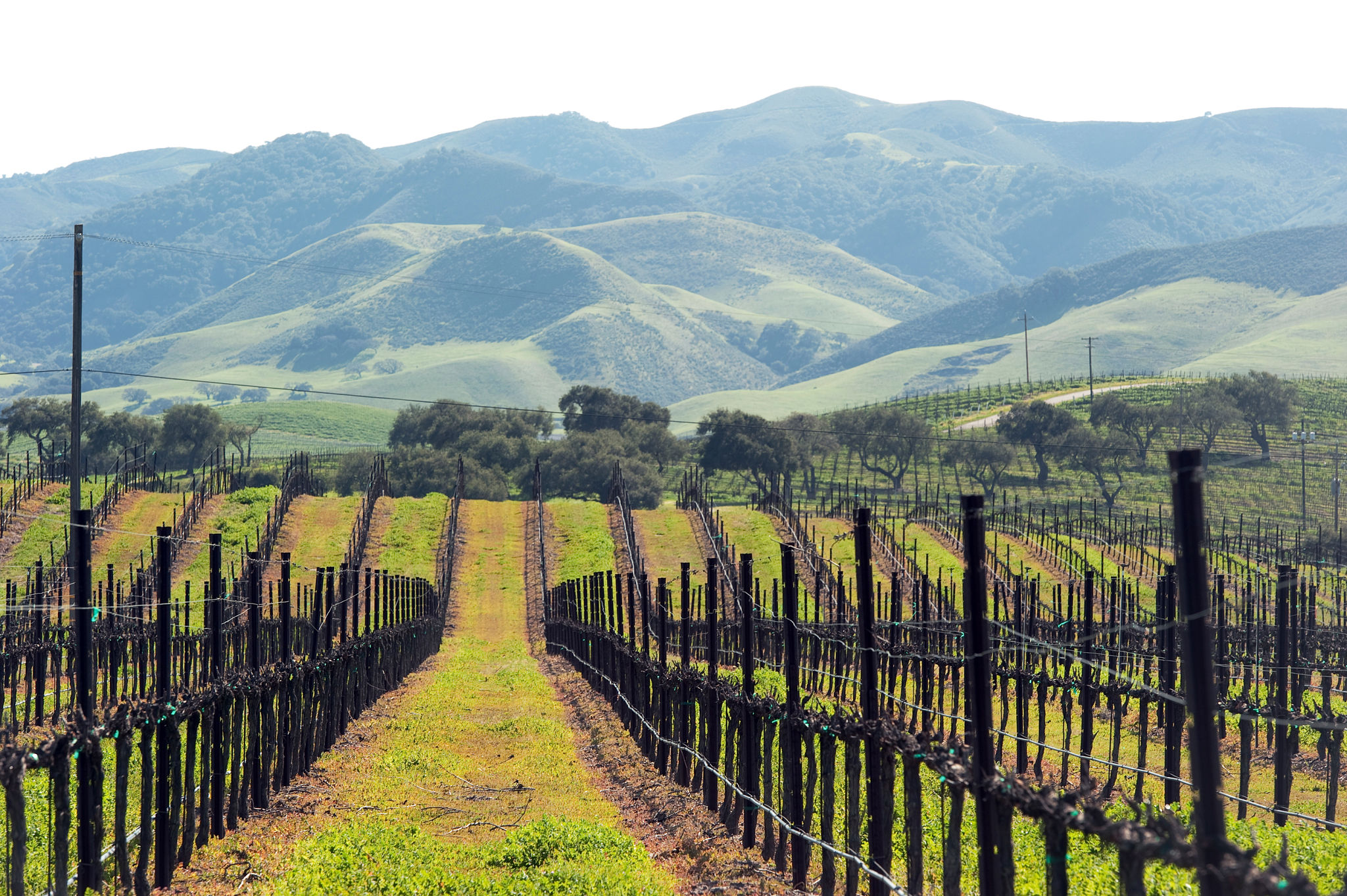The Impact of San Luis Obispo's Climate on Wine Quality
HB
The Unique Climate of San Luis Obispo
San Luis Obispo, nestled in the heart of California's Central Coast, boasts a distinctive climate that significantly impacts the quality of its wine. This region is characterized by its Mediterranean-like conditions, offering a unique blend of warm, sunny days and cool, foggy nights. These climatic features play a crucial role in shaping the flavor profiles and overall quality of the wine produced here.
The moderate temperatures during the growing season allow grapes to ripen slowly and evenly, which is essential for developing complex flavors. The cool coastal breezes also help in retaining the natural acidity of the grapes, a vital component for balanced wine.

Microclimates and Terroir
San Luis Obispo's diverse microclimates contribute significantly to the region’s wine quality. The area is divided into several sub-regions, each with its own unique climate and soil composition. These variations create a wide range of terroir expressions in wines, allowing winemakers to craft distinct and flavorful products.
For instance, the Edna Valley is known for its cooler climate and marine influences, making it ideal for growing Chardonnay and Pinot Noir. On the other hand, the Paso Robles area, with its warmer temperatures, is renowned for producing robust reds such as Cabernet Sauvignon and Syrah.

The Influence of Fog and Ocean Breezes
One of the defining climatic elements of San Luis Obispo is the presence of coastal fog and ocean breezes. These features not only moderate temperatures but also extend the growing season. The fog acts as a natural sunscreen, protecting grapes from intense sunlight and heat, which can otherwise stress the vines.
This prolonged ripening period enhances the development of more intricate aromas and flavors in the grapes. The cool ocean breezes ensure that temperatures drop significantly at night, preserving acidity and freshness in the fruit.

Adaptation to Climate Variability
Winemakers in San Luis Obispo have adapted to climate variability by employing sustainable practices. These include water conservation techniques and canopy management to shield grapes from excessive sun exposure. Such strategies help maintain the quality of the wine even in fluctuating climate conditions.
Moreover, many vineyards have embraced organic and biodynamic farming methods to preserve the natural ecosystem. These practices not only enhance the health of the vines but also contribute to more expressive and terroir-driven wines.
The Role of Soil Diversity
The soil diversity in San Luis Obispo is another critical factor that influences wine quality. The region features a mix of volcanic, alluvial, and limestone soils, each imparting unique characteristics to the grapes. Volcanic soils, for example, add mineral complexity, while limestone-based soils contribute to the wine's structure and elegance.
This variety in soil types allows winemakers to experiment with different grape varieties and blends, resulting in wines that are both complex and nuanced.
Conclusion: A Climate for Excellence
The impact of San Luis Obispo's climate on wine quality cannot be overstated. From its distinct microclimates to the cooling influence of ocean breezes, each element contributes to creating wines that are celebrated for their balance and complexity. As winemakers continue to adapt to environmental changes and embrace sustainable practices, the region's reputation for producing high-quality wines is set to grow even further.